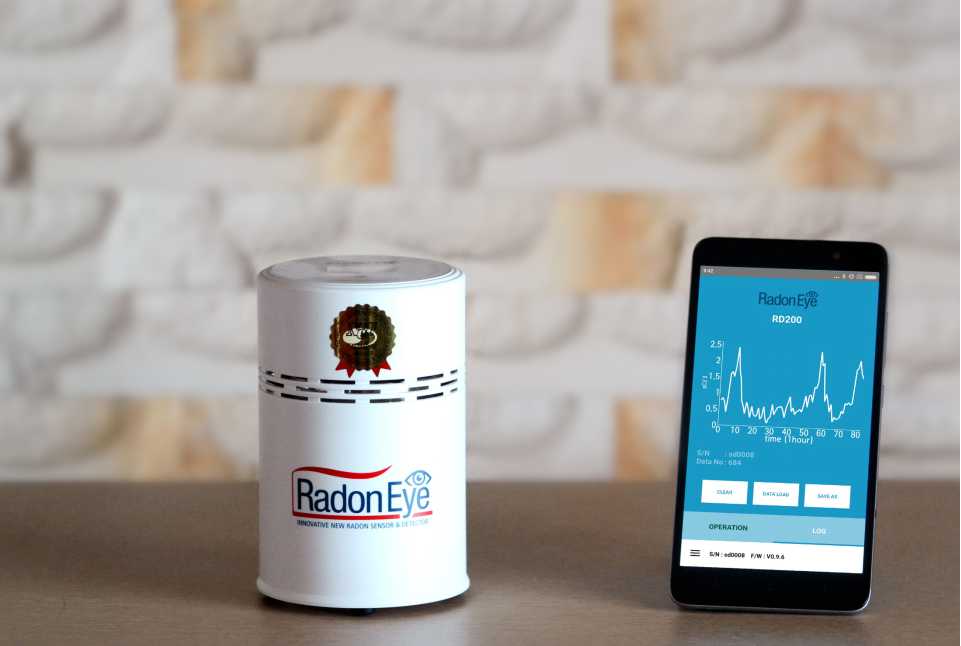Radon is the 2nd leading 1 root cause of lung cancer cells in the US. Staying in a house with radon gas existing in the air or in radon symptons the water can raise your chances of developing lung cancer over time. The risk rises in youngsters because of their extra rapid rate of respiration and also cell division. Radon gas is thought about a national, ecological health hazard because it takes place so often and in all locations of the nation.
How much does it cost to get rid of radon?
Radon is Check out the post right here a radioactive gas and exposure to it causes 21,000 lung cancer deaths per year—only smoking causes more. Because you can't see, smell or taste radon, it's important to periodically test the air in your home. Believing you live in a region not affected by radon is just one of the myths about this deadly gas.
A radon mitigation system typically consists of piping and also a mechanized follower put in the most affordable level directly into the rocks as well as soil below the home. The follower creates suction to direct the circulation of radon gas via the piping where it is securely vented outside at the top of your residence.
It's an all-natural spin-off of uranium located in all sorts of dirts. The highest possible concentration is found in basements and also crawlspaces closest to the soil beneath your house. It's additionally high in residences with sump pump pits (especially if there's no cover to seal it) as radon is present in water wells.
What states have the most radon?
It is recommended that you test the Radon levels in your home at least twice a year, similar to annual medical or dental check-ups. In the event that the levels are found to be high, it warrants at least one or two more tests so that the results can be compared.

- Short term screening of the air takes around four to seven days, as well as if done DIY prices just about $15
- Radon is the 2nd leading cost of a radon mitigation system 1 root cause of lung cancer in the United States.
- The risk rises in youngsters as a result of their more rapid rate of respiration and cell division.
- Residing in a house with radon gas existing airborne or in the water can raise your opportunities of creating lung cancer cells in time.
How much is a professional radon test?

The average cost for testing for radon is around $110, while mitigation services average around $800.
The most usual geologic source of radon is the degeneration of naturally happening uranium. Radon is generally found at low levels in extensively spread crustal formations, dirt, as well as water samples.
How often should you test for radon?
The cost of a mitigation system may vary according to the home's design, size, foundation, construction materials and the local climate. Radon reduction systems average costs nationally are $1,200 with a range from $800 to $1500 common depending on house and market conditions.
Radon Gas in Your Home
Much like water always searches for the easiest path downhill, radon searches for the simplest course out of the soil as well as right into the air. When water is diminishing a high hillside, it moves faster than on a gentle incline. Also, radon streams much faster when there is a bigger distinction in pressure between the high pressure dirt and also the reduced stress air.
Is radon testing really necessary?
Professional radon testing costs around $150 to $250. Active tests are more expensive than passive. After you use a DIY radon test kit or perform professional radon testing, you'll receive your results. Radon levels are measured in picocuries per liter of air (pCi/L).